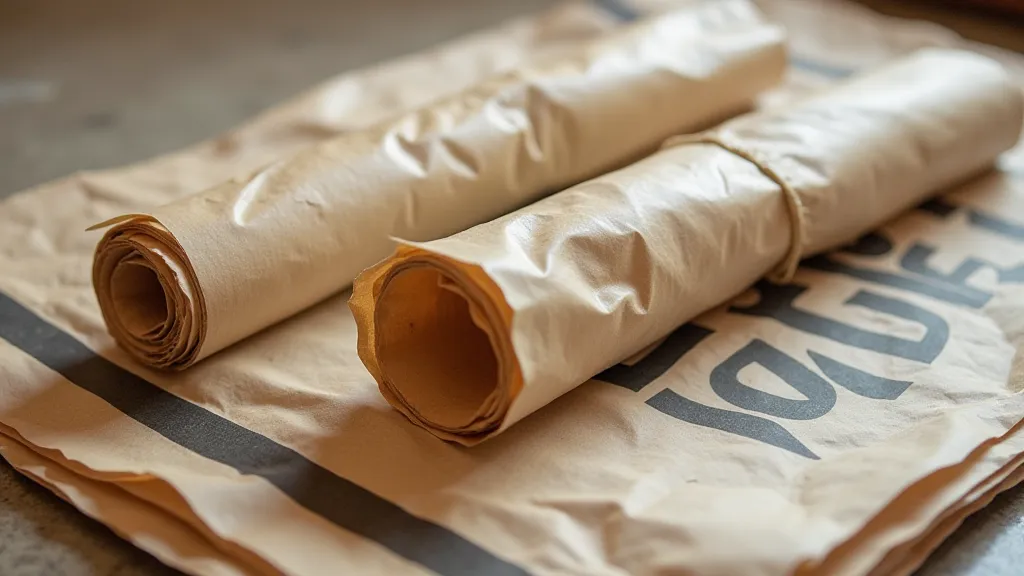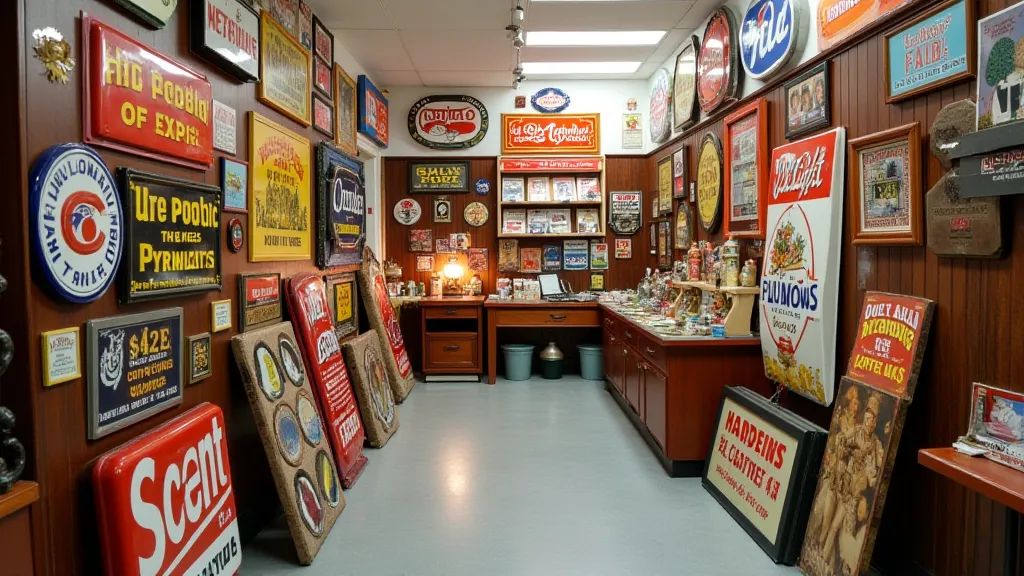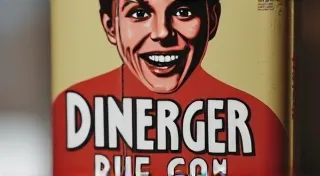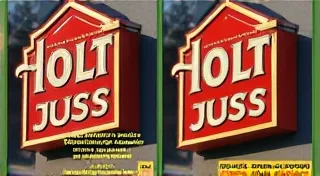Protecting Your Sign Collection: Storage and Display Tips
Your collection of vintage advertising signs is more than just a hobby; it's an investment in history and artistry. Properly protecting and displaying these pieces is crucial for preserving their condition and maximizing their value. This article provides practical advice on storage and display techniques for sign collectors.
Understanding the Threats to Vintage Signs
Before we dive into storage and display solutions, it's important to understand the primary threats to vintage advertising signs:
- Sunlight: UV rays fade colors and damage paint.
- Moisture: Rust, mold, and warping are common problems.
- Temperature Fluctuations: Expansion and contraction can crack paint and weaken materials.
- Physical Impact: Dents, scratches, and bends diminish value.
- Dust and Dirt: Accumulation can degrade the finish over time.
Safe Storage Solutions
When not on display, proper storage is paramount. Here's how to safeguard your signs:
- Climate-Controlled Environment: The ideal storage space is cool, dry, and stable. Basements and attics are often problematic due to humidity and temperature extremes. A dedicated storage room with climate control is a luxury, but even a small area can be improved with dehumidifiers and insulation.
- Upright or Flat? Generally, signs should be stored upright if possible. This reduces stress on the material and minimizes the risk of warping. If storing flat, place padding between signs to prevent rubbing.
- Protective Wrapping: Wrap each sign individually in acid-free paper or archival-quality bubble wrap. This protects the surface from scratches and dust.
- Avoid Direct Contact with Walls and Floors: Place signs on shelves or pallets to prevent contact with walls and floors, which can transfer dirt and moisture.
- Consider Custom Crates: For particularly valuable or fragile signs, custom-built crates provide the ultimate protection.

Displaying Your Signs with Care
Showing off your collection is part of the enjoyment, but display requires even more attention to detail:
- Location, Location, Location: Avoid direct sunlight. A north-facing wall is ideal. If that’s not possible, consider UV-protective window film.
- Mounting Options: Consider the sign's weight and material when choosing a mounting method. Securely mounted signs are less likely to be accidentally bumped or knocked over. Use appropriate hardware that won't damage the sign.
- Distance from Walls: Leave a small gap (at least an inch) between the sign and the wall to allow for air circulation and prevent moisture buildup.
- Regular Cleaning: Dust signs regularly with a soft cloth. Avoid harsh chemicals or abrasive cleaners. A slightly damp cloth can be used sparingly.
- Rotation: If possible, rotate signs periodically to minimize exposure to any particular environmental factors.

Specific Considerations for Different Sign Types
Different sign materials require different care:
- Porcelain Signs: Extremely brittle, handle with extreme care.
- Tin Signs: Prone to rust, keep dry.
- Cardboard Signs: Fragile and susceptible to moisture and insect damage.
- Metal Signs: Be cautious of rust; apply a protective coating where necessary.

Conclusion
Protecting your vintage advertising sign collection is an ongoing commitment. By following these storage and display tips, you can preserve these pieces of history for generations to come, safeguarding their beauty, value, and story.





